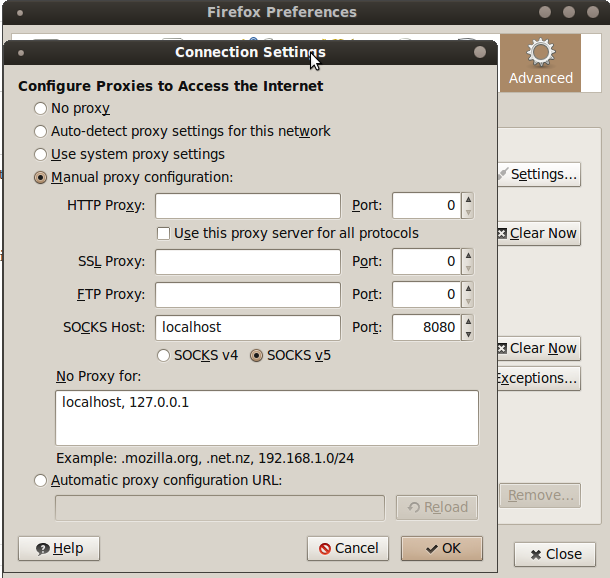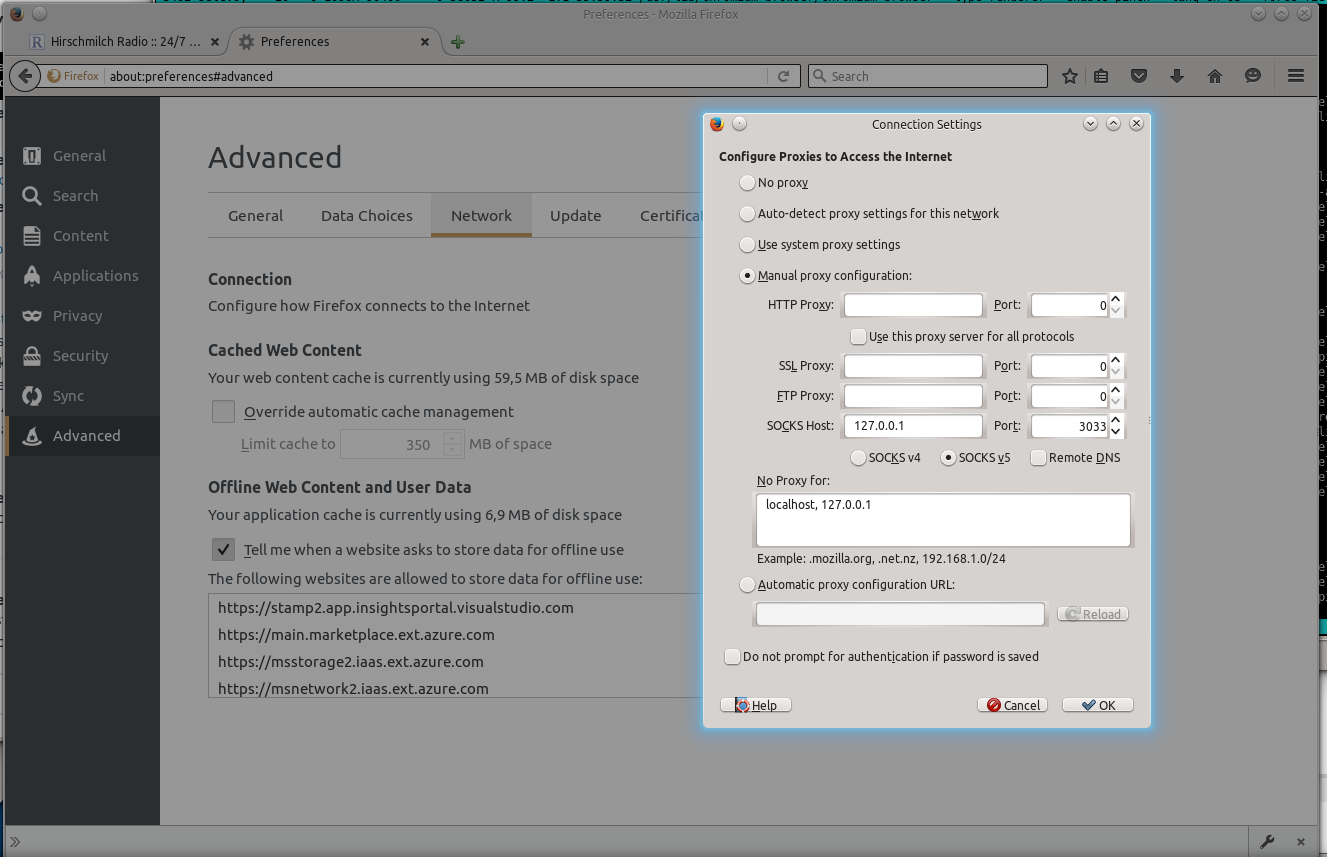

Remote SSH Port Forwarding allows you to connect to your local computer from your remote machine. Instead of using :3000, you can easily use localhost: 8080 or YouIPAddress: 8080 as shown below: Now open a browser on your local machine instead of accessing the remote app. The -f option executes the ssh command in the background environment. ssh -L 8080: :3000Īdding the -N option means not executing a remote command, in which case you will not receive a shell. Note: The -L option is for defining the forwarded port to the remote host and remote port. You can forward a local port (for example 8080) that you can use to access the application locally.

Suppose you are behind a restricted firewall or are blocked by an output firewall from accessing an application running on port 3000 on your remote server. This type of port forwarding allows you to connect to a remote server from your local computer.
Linux ssh proxy password#
I have configured the ssh login without a password between remote and local hosts, so I am not asked for a password. You can securely connect to a remote server using SSH as in the example below. We continue this example with respect to the default values below: There are also three types of SSH port forwarding: You may also access the local servers behind NAT and Firewall from a secure tunnel platform, as implemented in ngrok.īy default, SSH sessions allow tunneling for network communication. This provides an easy way to define a VPN (Virtual Private Network), which connects to private networks through insecure public networks such as the Internet. This way all your connections are secure using encryption. The SSH Tunnel (also known as SSH port forwarding) is actually the easy routing of local network traffic via SSH to remote hosts.
Linux ssh proxy how to#
The article explains them from a general Linux perspective.Recommended Article: How to install MySQL on CentOS 8 Tutorial Setup SSH Tunneling Or SSH port Forwarding In Linux Learn more about environment variables and other system configuration files here: Remember some applications like the Fedora yum package manager store their own proxy settings in an application file, so you can modify the setting in that application’s configuration file. By adding those export statements to the profile files, the variables will be set up for your local user session or all global sessions. You could set the shell environment variables using the export command in various files such as ~/.bash_profile or ~/.profile or /etc/profile (the exact names of these files may vary with the Linux distribution). The variables are an easy way to share configuration settings between multiple Linux applications and processes. bash, sh) that can be set on the local user level and global level. Hi frostwong, that’s an awesome question with several answers.įirst we have to understand http_proxy and ftp_proxy are *environment variables* used by the shell (e.g. To set the proxy used by Aptitude package manager:Ĭreate a new file ‘nf’ under the ‘/etc/apt//’ directory, and then add the lines shown below. Here is a similar how to article on configuring proxy settings in Ubuntu covering Synaptic Package Manager, Gnome, apt-get, and Firefox. Yum proxy settings can be found in the file system at /etc/yum.confĪdd a line to the file with the following information: proxy= The next time you run yum, it will pick up that proxy. In older versions, go to Options > Advanced > Settings. Go to the General tab then Network Settings. You can manually set up the Firefox proxy in Options. Some applications and commands need to be configured individually. other browsers like Chrome, OS commands). These settings work with most other applications (e.g. In the setting, you can configure either by your proxy server and port, by the network, or a file via a URL/file location (e.g.

For GNOME, go to Computer->Desktop Preferences->Network Proxy For KDE desktop manager, you can get to the network proxy settings under System Settings > Network Settings > Proxy


 0 kommentar(er)
0 kommentar(er)
